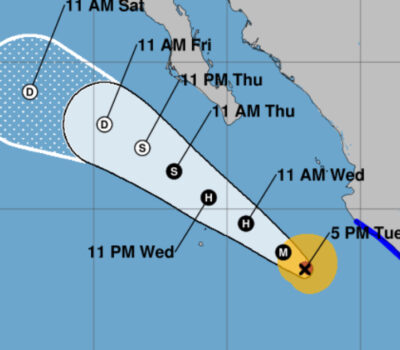Most people know it’s important to use sunscreen, but they’re sometimes confused about how to choose the right protection or how much to use, a small study suggests.
Researchers surveyed people treated at a dermatology clinic last year and found almost all of them had bought sunscreen in 2013. Fewer than half, however, could correctly identify the terms on the labels that indicated how well the product protected against skin cancer and sunburns.
Shoppers should be looking for two things on sunscreen labels, said lead study author Dr. Roopal Kundu, a dermatology researcher at Northwestern University Feinberg School of Medicine in Chicago.
They should look for “broad-spectrum” sunscreen, which means the product protects against ultraviolet A (UVA) and ultraviolet B (UVB) rays, she advises.
In addition, they should look for the SPF, which stands for “sunscreen protection factor” and measures the effectiveness of the product at protecting against UV rays.
“They key is to find one that is broad-spectrum, at least an SPF 30, that the consumer likes and is able and willing to reapply every two hours when outdoors,” Kundu said by email.
If the consumer in spending a lot of time in the water, Kundu added, “then water resistant labeling is also important.”
Skin cancer is the most common malignancy, and the most preventable cause of skin cancer is exposure to ultraviolet (UV) light, either from the sun or from artificial sources like tanning beds, according to the U.S. Centers for Disease Control and Prevention.
UV rays can start to damage the skin in just 15 minutes, and the best protection is to remain in the shade or wear clothing that covers more skin, and use sunscreen, according to the CDC.
To see how well consumers understood sunscreen, Kundu and colleagues surveyed 114 patients who visited their dermatology clinic between June and August 2014.
Most of the patients were white. About three-fourths hadn’t been diagnosed with skin cancer, and around two-thirds said they didn’t have any family history of this disease, according to the report in JAMA Dermatology.
Just 29 percent said they applied sunscreen daily, and only 5.3 percent reported reapplying during the day, every day.
About 55 percent said they read labels before buying, and the most common things they looked for were SPF, sensitive skin formulations, water and sweat resistance, and price.
When researchers showed patients a typical label and asked them to interpret it, 92 percent correctly said sunscreen with high SPF can protect against sunburns, and 72 percent accurately said this guards against skin cancer.
But when the patients were asked an open-ended question about how to determine if a sunscreen protects against skin cancer, only about 38 percent correctly identified the SPF value or broad-spectrum terminology on the label.
Questioned about how much sunscreen is needed, 55 percent of patients correctly said about 1.5 ounces, around the amount that fits in a shot glass.
Researchers also showed participants a different label design using a rating system of one to four stars to designate UVA protection and showed UVB as an SPF value. Most people could correctly determine the level of protection with this design.
“The study showed that consumers overall could interpret a UVA rating system (star system) which provides additional information on the amount of UVA protection a sunscreen provides,” Kundu said.
While it’s encouraging that many people can figure out sunscreen labels, one crucial piece of information to protect against skin cancer isn’t included on the packaging, said Dr. Steven Wang, a dermatologist for Memorial Sloan Kettering Cancer Center in Basking Ridge, New Jersey.
“The amount (to use) is the biggest critical factor that is not on the label,” said Wang, who wasn’t involved in the study.
Many people may not know how much lotion would fill a shot glass, or they might have more skin to cover and need a larger quantity, he said. He advises patients to apply two coats of sunscreen and reapply every two hours.
On the first application, “most people tend to miss certain areas,” Wang said. “That’s why people get burned on certain parts of the body even when they use sunscreen. The second coat more thoroughly covers the entire surface.”
SOURCE: bit.ly/1GESX4K JAMA Dermatology, online June 17, 2015.
Most people know it’s important to use sunscreen, but they’re sometimes confused about how to choose the right protection or how much to . . .











